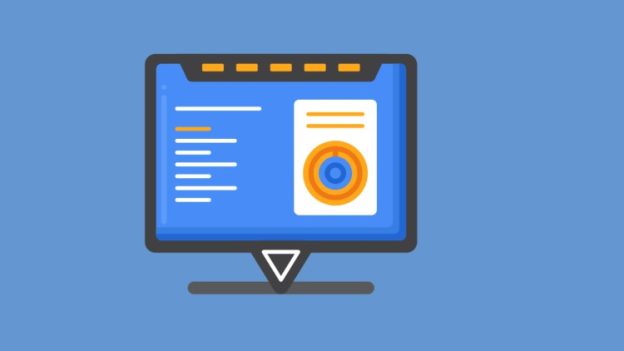Description
Explore the world of Python GUI (Graphical User Interface) development and unlock the potential to build desktop and web-based applications with captivating visual elements. Using the Python programming language, you will learn to craft interactive applications that empower users to engage with your software through buttons, menus, textboxes, and other graphical widgets.
Python has gained popularity as a preferred language for GUI development due to its extensive range of tools and libraries. These resources streamline the creation of complex user interfaces, allowing developers to focus on the core functionalities of their applications. Some renowned libraries for Python GUI development, including Tkinter, PyQt, PySide, wxPython, Kivy, and PyGTK, will be explored throughout the course.
In this course, you will harness Python GUI development to create a diverse array of applications, ranging from simple utilities and tools to intricate desktop and web-based applications. From image editors and video players to web browsers and scientific tools, the versatility and ease-of-use of Python make it an ideal choice for crafting user-friendly and interactive applications.
Tkinter, a standard Python module, will be your gateway to developing GUI applications with ease. Utilizing its comprehensive set of tools and widgets, you will create desktop applications with visually appealing and intuitive graphical user interfaces. Tkinter builds upon the Tcl/Tk GUI toolkit, originally developed for the Tcl programming language, and now effectively ported to Python.
Throughout the course, you will gain mastery over various GUI elements, such as buttons, labels, textboxes, menus, and dialogs, tailoring their appearance and behavior using properties and methods. Tkinter’s layout management system will empower you to arrange widgets on the screen in a visually appealing manner.
One of the significant advantages of Tkinter is its inclusion in the standard Python distribution, eliminating the need for additional installations or setups. This seamless integration enables developers to dive straight into GUI development with Python. Moreover, Tkinter provides cross-platform support, ensuring that your GUI applications can run smoothly on different operating systems without any modifications.
With Tkinter, you can create desktop applications using Python with concise code. Its array of widgets, including buttons, labels, entries, textboxes, scrollbars, comboboxes, and radio buttons, will assist you in crafting interactive and engaging GUIs. Additionally, Tkinter offers various geometry managers like pack, grid, and place, enabling you to arrange widgets effortlessly within windows or frames.
In conclusion, Tkinter is a powerful and versatile tool for Python GUI development, offering a wide range of features and functionalities for creating applications with sophisticated graphical interfaces. Join us in this course to embark on an exciting journey into the realm of Python GUI development and master the art of crafting user-friendly and captivating applications with Tkinter.
Who this course is for:
- Beginners to Python GUI Development
Requirements
- Basic knowledge of Python advised
Course Content
About Instructor


